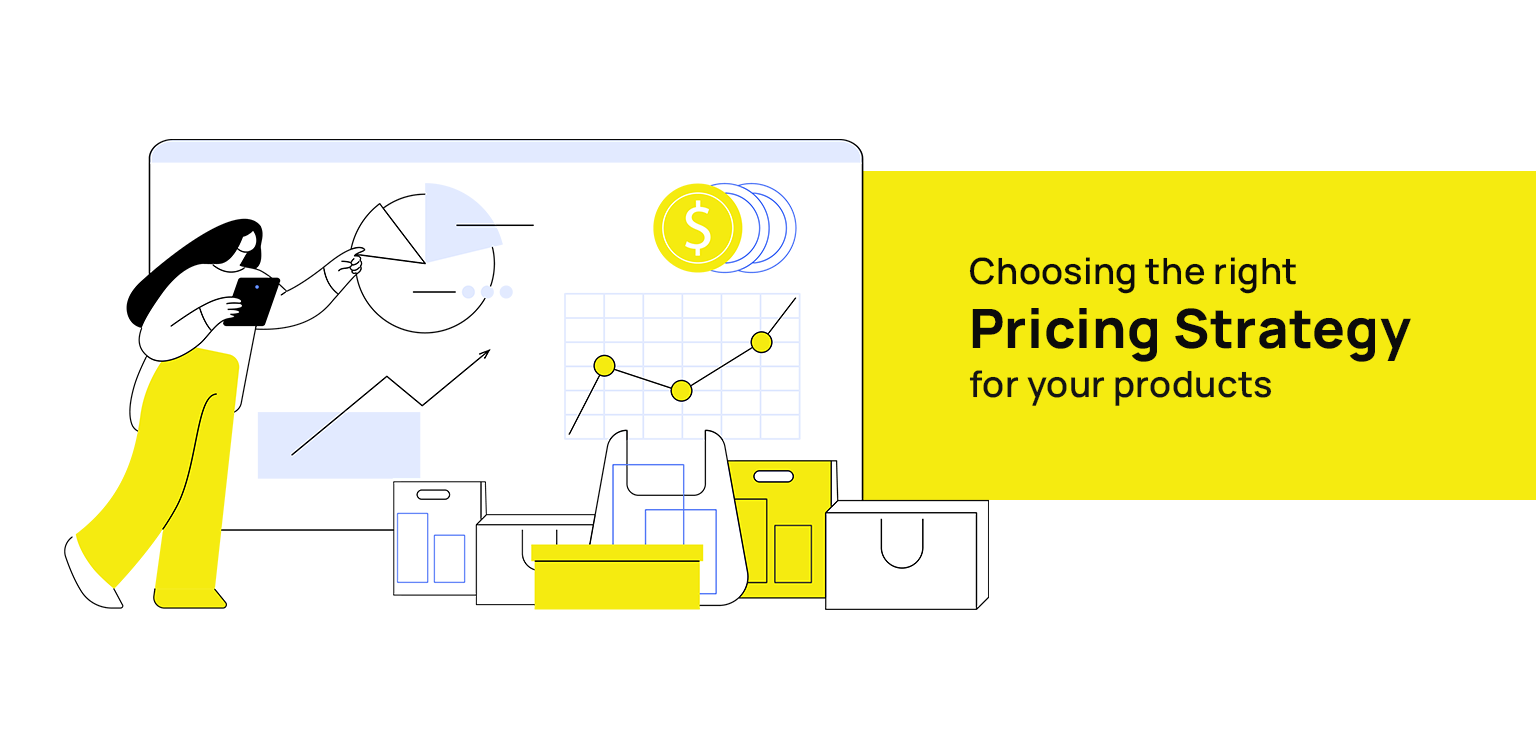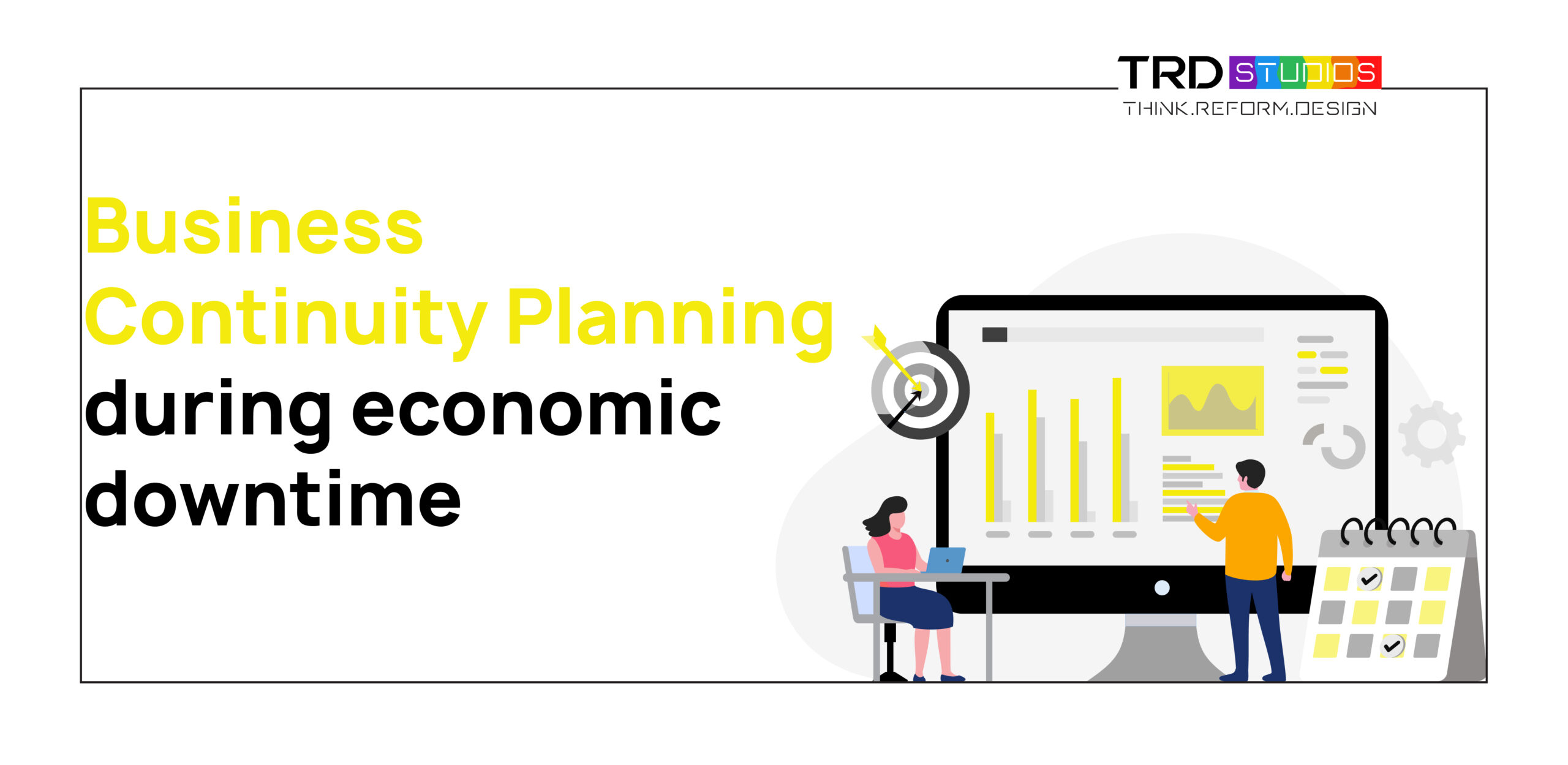Pricing strategy is a crucial aspect of any business that impacts its revenue, profitability, and sustainability. Choosing the right pricing strategy is essential for businesses to achieve their financial goals and remain competitive in the market.
In this blog, we will discuss the different types of pricing strategies and how to choose the right one for your business.
Different types of Pricing strategy
There are 6 different types of pricing strategies, they are
Cost-based pricing
This is a common pricing strategy in which the price of a product is determined by adding a markup percentage to the cost of producing it. This pricing strategy is straightforward and ensures that the business can cover its costs and make a profit.
It can be further optimized by taking into account other expenses like cost of marketing the product, cost of transporting etc. However, it does not take into account the demand for the product or the competition, and may not be suitable for businesses in highly competitive markets.
Competitor-based pricing
This approach involves researching the prices charged by competitors before setting a product’s price. If competitors offer a different price for a similar product, businesses should investigate the reasons behind the difference.
If their price is higher, businesses should determine the factors that justify their higher price. Conversely, if their price is lower, businesses should investigate whether the difference is due to lower quality or cost, or some other factor.
Value-based pricing
This strategy focuses on the value that the product or service provides to the customer. The price is set based on the perceived value of the product or service in the market. This approach is beneficial for businesses that offer high-quality or unique products that are in high demand.
However, it requires a thorough understanding of the customer’s needs and preferences, and it may not be suitable for products that are commoditized.
Penetration pricing
This strategy involves setting a low price for a new product or service to attract customers and gain market share. This approach is effective for businesses entering a new market or launching a new product, as it encourages customers to try the product and can build brand loyalty. However, it may not be sustainable in the long term and can lead to lower profitability.
Skimming pricing
This strategy involves setting a high price for a new product or service to target early adopters or customers who are willing to pay a premium for the product. This approach is beneficial for businesses that offer innovative or exclusive products, as it allows them to capture a significant portion of the market share and generate high profits. However, it can deter price-sensitive customers and may not be suitable for highly competitive markets.
Dynamic pricing
This strategy involves adjusting the price of a product or service in real-time based on market demand, competitor pricing, and other factors.
This approach is beneficial for businesses that operate in highly dynamic markets, as it allows them to respond quickly to changing market conditions and maximize revenue. However, it requires sophisticated pricing algorithms and may not be suitable for businesses with limited pricing data.
How to choose the right pricing strategy for your business
To choose the right pricing strategy for your business, you need to consider several factors. Some of these factors are mentioned below.
eloping a pricing model:
- Costs
- Target Market
- Competitive Landscape
- Value Proposition
- Profit Margins
- Price Sensitivity
- Marketing and Branding
- Sales Channels
- Legal and Regulatory Considerations
Pricing strategy is not a one-time decision and may require adjustments over time to stay competitive and profitable. But, you can limit these iterations by increasing the number of variables to account for. Figuring out the most effective pricing approach for your products can feel like a daunting task.
You can outsource this activity to pricing experts or use the automated tools available online, like TRD’s Action Tank to create your custom pricing strategy. Action Tank includes tech-enabled tools that help you create your custom pricing strategy at the click of a button.
In conclusion, pricing strategy is a critical aspect of any business that requires careful consideration and analysis. By understanding the different types of pricing strategies and their strengths and weaknesses, you can choose the right approach for your business and achieve your financial goals.




